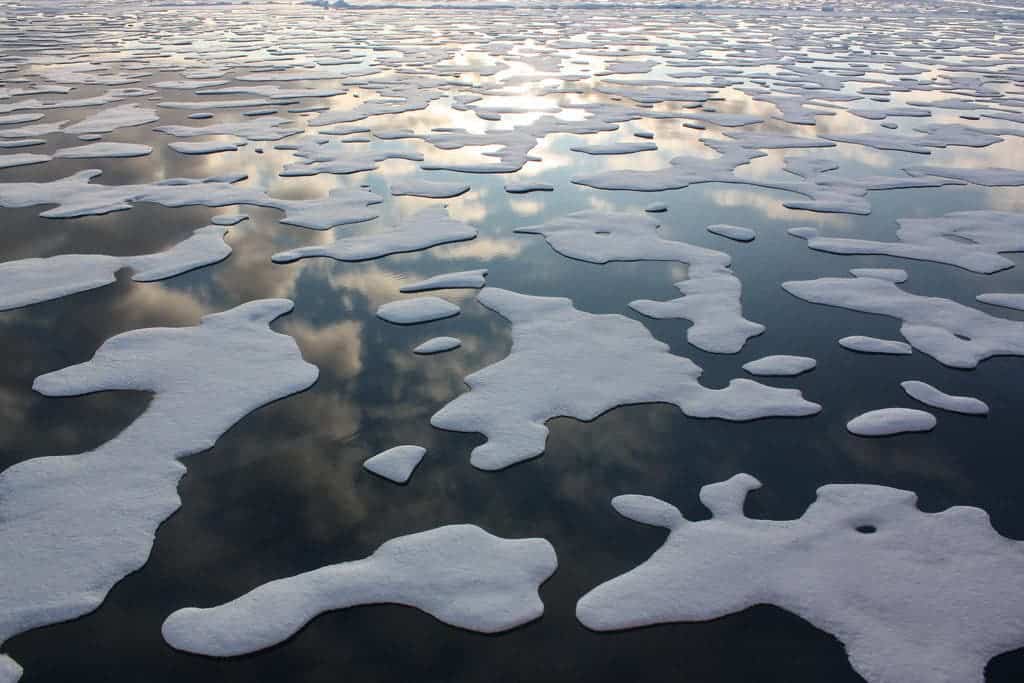As sea ice levels hit record lows for this time of the year, experts warn that we’re likely to see more big storms such as the ones that pummeled Europe and the north-eastern US — because climate change is fueling these events.

Spring has come to the Arctic, bearing sunny days and concerns for scientists monitoring the effects of climate change. According to them, the region has experienced the warmest winter we’ve ever recorded here. Sea ice cover is, also, at a record-shattering low for this time of the year, US weather data revealed on Tuesday.
“It’s just crazy, crazy stuff,” said Mark Serreze, director of the National Snow and Ice Data Center in Boulder, Colorado, for the Guardian.
“These heat waves – I’ve never seen anything like this.”
The closest land weather station to the North Pole spent more than 60 days at temperatures above freezing this February. Granted, to us laymen, this doesn’t seem very drastic or particularly strange, but experts say that it’s an unprecedented occurrence. Last year, temperatures at the same station rose above freezing only twice, and only stood there “extremely briefly”. Last months’ readings look like those you’d expect to see in May, according to Ruth Mottram, a climate scientist at the Danish Meteorological Institute.
And it’s not an isolated case, it’s happening all over the Arctic — out of nearly three dozen weather stations that monitor the continent, 15 experienced average temperatures of 5.6 degrees Celsius (10 Fahrenheit) above normal for the winter.
Experts are worried that such events are part of a larger, global warming-driven cycle — a cycle that very likely had a role to play in the recent ice storms in Europe and the US.
“The extended warmth really has staggered all of us,” Mottram said.
Arctic sea ice stretched over some 5.4 million sq miles in February (some 13.9 m sq km), about 62,000 sq miles (1.74 m sq km) less than last year’s February — which already set a record low at the time. All in all, this year’s cover was a staggering 521,000 square miles under the average of the past 30 years, according to Discovery Magazine.
Unlike icebergs or glaciers, sea ice forms and melts on the ocean. Sereze says that Arctic ice cover is still expanding, but “whatever we grow now is going to be thin stuff” that hasn’t got a chance of making it through summer.
Another worrying find is that the same pattern unfolds on the Pacific side of the Arctic as well. The Bering Sea, usually covered in ice during this time of the year, is also showing reduced ice cover and thinner ice.
“Climate change is the overriding thing,” Meier said.


